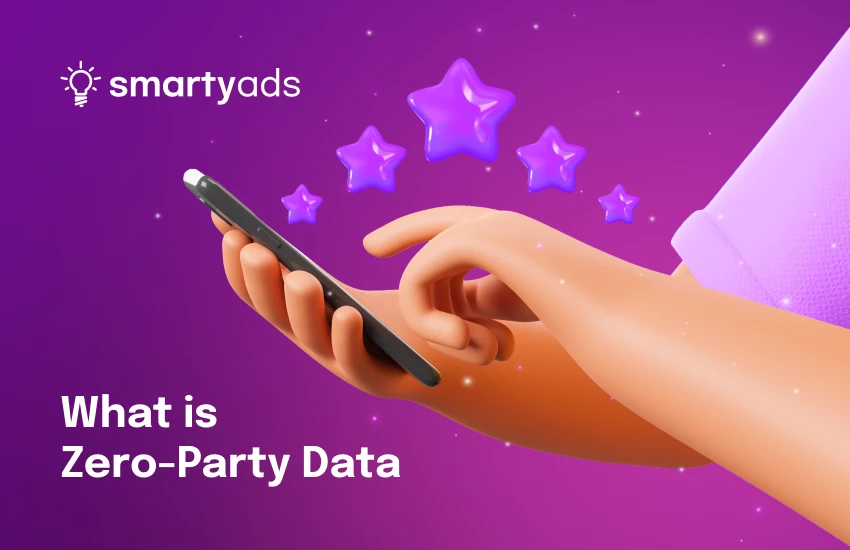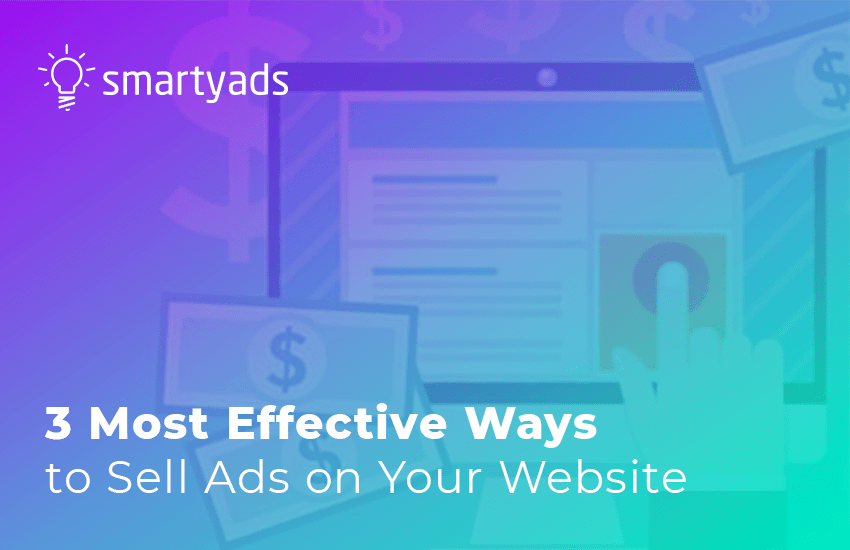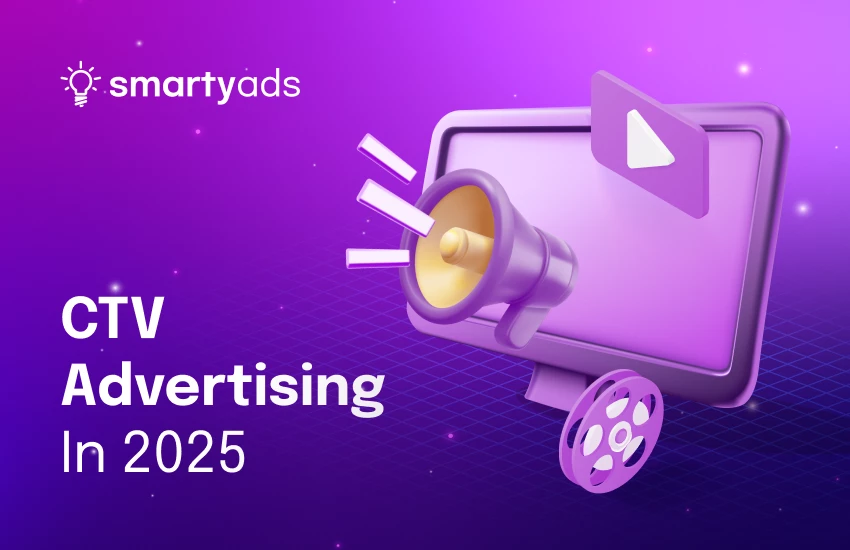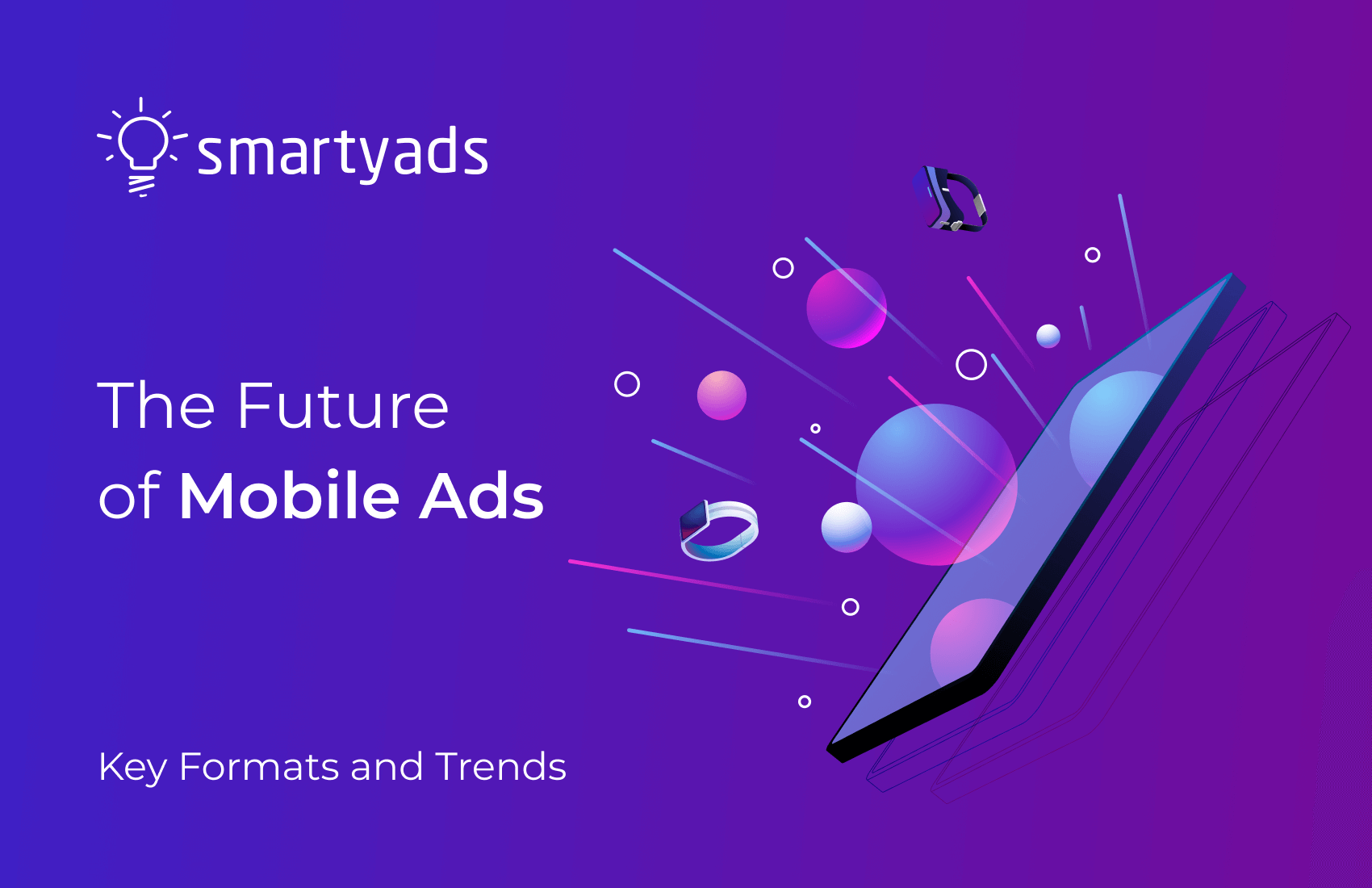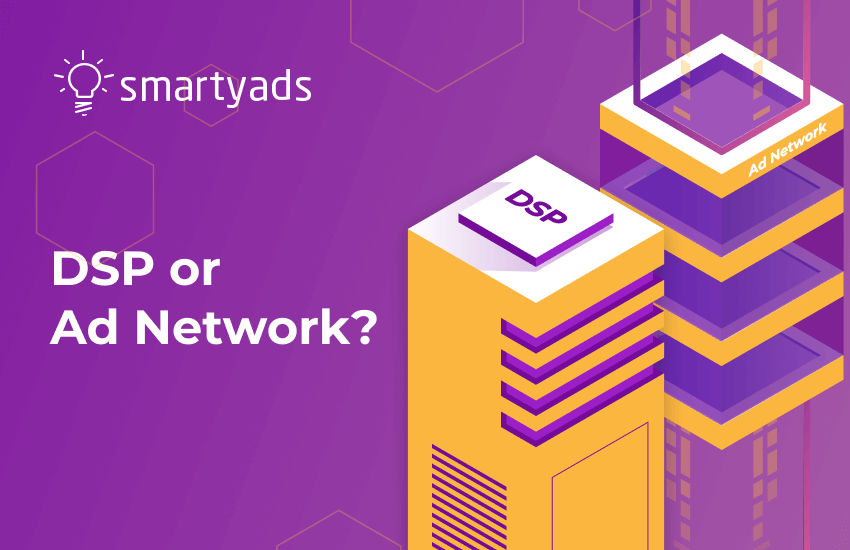The approach to data usage in advertising has evolved significantly. Rather than depending on passively collected information, an increasing number of companies are embracing data that originates directly from their audience. This evolution has elevated zero-party data to prominence as a crucial asset for strengthening customer connections and enhancing marketing outcomes.
In the context of digital advertising, what is zero-party data? Zero-party data definition is simple: it represents details that individuals voluntarily provide to a company. This might include stated preferences, buying plans, or personal tastes — all offered deliberately and with full awareness. Since it originates directly from the consumer, it establishes a degree of transparency that covert monitoring cannot replicate.
.webp)
Understanding how this contrasts with alternative data categories is essential. First-party data consists of observations drawn from user activity across your website or application: navigation patterns, content engagement, transaction records. Second-party data emerges through collaborative arrangements, where organizations exchange insights about their user bases. Third-party data is compiled from external providers.
What makes zero-party data distinctive is its transparent nature. When someone completes a questionnaire, participates in an interactive assessment, or modifies their account preferences, they're providing details with explicit purpose. For companies, this represents more than simply valuable intelligence — it's a clear signal to deliver more targeted, individualized interactions.
Why is Zero-Party Data Important in Advertising?
The value of zero-party data extends beyond compliance benefits, though privacy considerations are certainly important. This data type offers unparalleled accuracy because customers provide it willingly and purposefully. When someone tells you they prefer sustainable products or indicates they're planning a vacation next month, that information carries more weight than inferring these preferences from browsing behavior.
Trust forms the cornerstone of zero-party data relationships. Customers who voluntarily share information demonstrate a level of engagement and brand affinity that correlates with higher lifetime values and conversion rates. This trust translates into more effective advertising campaigns, as audiences are more receptive to messages that feel relevant and personalized rather than intrusive.
.webp)
For programmatic advertising specifically, zero-party data enables precise audience segmentation without relying on probabilistic matching or lookalike modeling. When you know exactly what customers want, you can target them with surgical precision, reducing ad waste and improving return on ad spend.
The consent aspect of zero-party data also addresses regulatory requirements under GDPR, CCPA, and emerging privacy laws. Since customers explicitly provide this information, brands can demonstrate clear consent trails and maintain compliance while delivering personalized experiences.
Zero-Party Data vs First-Party Data: Key Differences
| Aspect | Zero-Party Data | First-Party Data |
| Source | Directly provided by customers | Collected through customer interactions |
| Intent | Intentionally shared with specific purpose | Generated through normal website/app usage |
| Accuracy | Extremely high (self-reported) | High but may require interpretation |
| Privacy Compliance | Explicit consent given | Requires transparent privacy policies |
| Collection Method | Surveys, forms, preference centers | Analytics, cookies, CRM systems |
| Predictive Value | Strong for future behavior | Strong for similar behavior patterns |
| Customer Awareness | Full awareness of data sharing | May not be fully aware of all data collected |
Zero-party data works best for understanding customer preferences, future intentions, and explicit interests. It's particularly valuable for new customer acquisition and developing personalized product recommendations. First-party data excels in understanding actual behavior patterns, optimizing user experiences, and identifying friction points in customer journeys.
Many successful advertising strategies combine both zero and first-party data types. Zero-party data provides the "why" behind customer actions, while first-party data reveals the "what" and "how" of customer behavior. Together, they create comprehensive customer profiles that drive more effective advertising campaigns.
How to Collect Zero-Party Data from Customers
Successful zero-party data collection requires strategic thinking about customer touchpoints and value exchange. The most effective approaches provide clear benefits to customers in exchange for their information, creating win-win scenarios that encourage participation.
What useful data can advertisers gather from customers? The range of zero-party information is extensive and varies by industry. Common zero-party data examples include:
- Preference Information: Product categories of interest, preferred communication channels, content format preferences, style preferences, dietary restrictions
- Purchase Intentions: Upcoming life events (weddings, moves, graduations), planned purchases within specific timeframes, budget ranges
- Personal Context: Family size, household composition, hobbies and interests, lifestyle choices, values and priorities
- Communication Preferences: Email frequency, preferred contact times, content types, channel preferences
- Product Feedback: Feature requests, satisfaction ratings, improvement suggestions, usage patterns
- Motivations and Goals: Fitness objectives, financial goals, learning aspirations, travel bucket lists
But still, how to collect them?
Surveys and Questionnaires represent the most direct collection method. Post-purchase surveys can gather satisfaction ratings and future purchase intentions. Onboarding questionnaires help new customers communicate their preferences and goals. Annual preference updates allow existing customers to refine their profiles and communication preferences.
Interactive Quizzes engage customers while collecting valuable preference data. A skincare brand might create a quiz to determine skin type and concerns, while a travel company could develop a quiz to identify destination preferences and travel styles. These formats feel entertaining rather than burdensome, increasing completion rates.
Preference Centers give customers control over their experience while providing brands with explicit preference data. These centers allow users to specify communication frequency, content types, product categories of interest, and channel preferences. The key is making these centers easily accessible and regularly updated.
Loyalty Programs create natural opportunities for zero-party data collection. Members willingly provide birthday information, family details, and preference updates in exchange for rewards and personalized offers. The ongoing relationship provides multiple touchpoints for data collection and refinement.
Progressive Profiling spreads data collection across multiple interactions rather than requesting everything at once. This approach reduces form abandonment while building comprehensive customer profiles over time. Each interaction asks for small amounts of additional information, making the process feel natural and non-intrusive.
Feedback and Review Systems capture opinions and preferences while providing value to other customers. Product reviews, service feedback, and recommendation requests all generate zero-party data while contributing to the customer community.
Transparency remains crucial throughout the collection process. Customers need to understand what information you're collecting, how it will be used, and what benefits they'll receive. Clear privacy policies, easy opt-out mechanisms, and regular communication about data usage build trust and encourage continued participation.
Incentivization strategies should focus on value rather than just discounts. Early access to new products, exclusive content, personalized recommendations, and VIP customer service often motivate participation more effectively than simple discount offers.

How Zero-Party Data Enhances Programmatic Advertising
Zero-party data transforms programmatic advertising from broad targeting to precision marketing. Traditional programmatic campaigns rely on behavioral signals and probabilistic audience matching, which can result in significant waste and lower conversion rates. Zero-party data eliminates guesswork by providing explicit information about customer interests, intentions, and preferences.
Audience Targeting Precision improves dramatically when campaigns are built on zero-party data foundations. Instead of targeting "women aged 25-35 who visited fashion websites," advertisers can target "women who explicitly stated interest in sustainable fashion and indicated purchase intention within the next 30 days." This specificity reduces ad waste and improves campaign performance metrics.
Creative Personalization becomes more sophisticated with zero-party data insights. Advertisers can develop creative variants that speak directly to stated preferences and interests. Dynamic creative optimization can pull specific product categories, messaging themes, and value propositions that align with individual customer profiles.
Frequency Management benefits from understanding customer communication preferences. Zero-party data can include information about preferred ad frequency, communication channels, and content types. This information helps prevent ad fatigue while maintaining engagement levels.
Attribution and Measurement improve when campaigns are built on explicit customer intent. Zero-party data provides clear success metrics and attribution pathways. When customers indicate specific purchase intentions and those intentions convert into sales, the attribution chain is clear and measurable.
Cross-Channel Orchestration becomes more effective with unified customer profiles built on zero-party data. Advertisers can coordinate messaging across display, video, social, and search channels based on customer preferences and channel affinity data.
The integration process requires careful data management and activation strategies. Customer data platforms (CDPs) play a crucial role in organizing, segmenting, and activating zero-party data for programmatic campaigns. These platforms ensure data quality, maintain privacy compliance, and provide real-time audience updates.
Real-time bidding strategies benefit from zero-party data through improved bid optimization. When advertisers know exactly what customers want and when they want it, they can bid more aggressively on high-intent inventory while reducing bids on less relevant placements.
Consider SmartyAds Your Trusted Partner
At SmartyAds, we believe that customer data delivers its full value only when combined with advanced programmatic technology and strategic execution. We specialize in performance-focused programmatic campaigns across display, video, mobile, and connected TV. In parallel, our curated deals give advertisers access to high-quality, brand-safe inventory packages with greater control over targeting, transparency, and performance.
What sets us apart:
Performance-Based Strategy — Every campaign decision is tied to measurable business results. Whether you're activating first-party data, zero-party insights, or building new audience segments, our approach ensures clear ROI accountability at every stage.
Cross-Channel Integration — Campaigns adapt seamlessly across all programmatic environments. Your targeting strategies and customer insights work consistently from mobile to desktop, from display to connected TV, ensuring cohesive messaging across every touchpoint.
Real-Time Optimization — Our platform continuously adjusts campaigns based on live performance data. This dynamic approach keeps your advertising relevant and effective as market conditions and customer behaviors evolve.
Scalable Infrastructure — Test and optimize campaigns across thousands of audience segments simultaneously. Our platform handles complex targeting scenarios while maintaining performance standards across all campaign elements.
Curated Marketplace Access — Premium inventory deals built for quality, efficiency, and brand safety. Our curated packages ensure your campaigns reach audiences in trusted environments with transparent pricing and reliable performance metrics.
Beyond campaign execution, we're also working on solutions that help our partners prepare for a privacy-first advertising future. This includes data strategy consulting, privacy-ready infrastructure development, and secure collaboration models that allow performance insights without compromising compliance.
Ready to transform your customer engagement strategy? Get started with SmartyAds DSP today and discover how our comprehensive advertising platform can amplify your data-driven campaigns across multiple channels for maximum impact.
Conclusion
Zero-party data represents the future of customer-centric advertising. As privacy regulations continue to evolve and customer expectations for personalization increase, brands that master zero-party data collection and activation will gain significant competitive advantages.
The shift from tracked behavior to voluntary information sharing creates opportunities for deeper customer relationships and more effective advertising campaigns. However, success requires thoughtful strategy development, transparent communication, and sophisticated technology platforms capable of activating customer insights at scale.
The programmatic advertising industry is already adapting to this new reality, with demand-side platforms developing enhanced capabilities for zero-party data integration and activation.
The key to success lies in treating zero-party data as the foundation of a customer-first approach rather than simply another targeting option. When brands prioritize customer value and transparent data relationships, they create sustainable competitive advantages that extend far beyond individual campaign performance.

FAQ
Zero-party data is information that customers intentionally and proactively share with brands, including preferences, interests, and purchase intentions. Unlike tracked behavioral data, zero-party data is voluntarily provided through surveys, quizzes, and preference centers, making it highly accurate and compliant with privacy regulations.
Zero party vs first party data differs primarily in collection method and customer intent. Zero-party data is explicitly shared by customers who know they're providing information, while first-party data is collected through website interactions and behavioral tracking. Both types are valuable for zero party data strategy development.
Businesses can collect zero-party data through interactive quizzes, preference centers, surveys, loyalty programs, and feedback forms. The key is providing clear value in exchange for information while maintaining transparency about data usage. Successful zero party data collection focuses on customer benefit rather than just brand needs.
